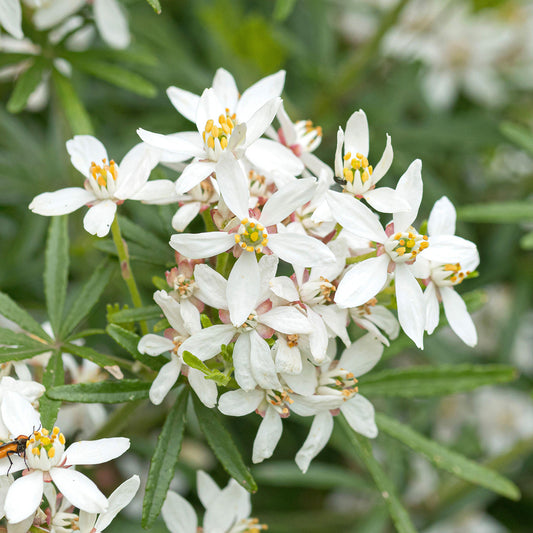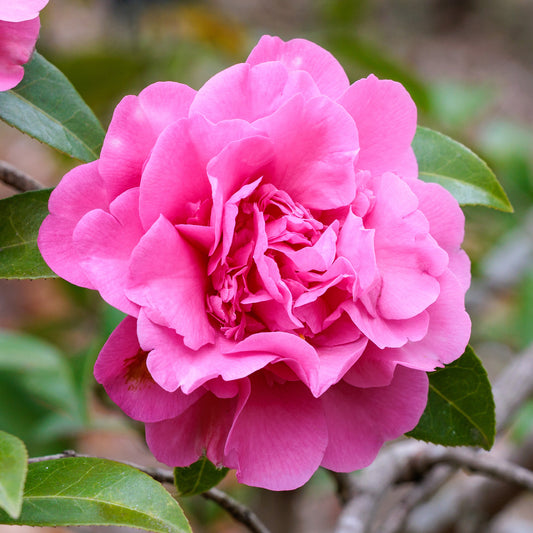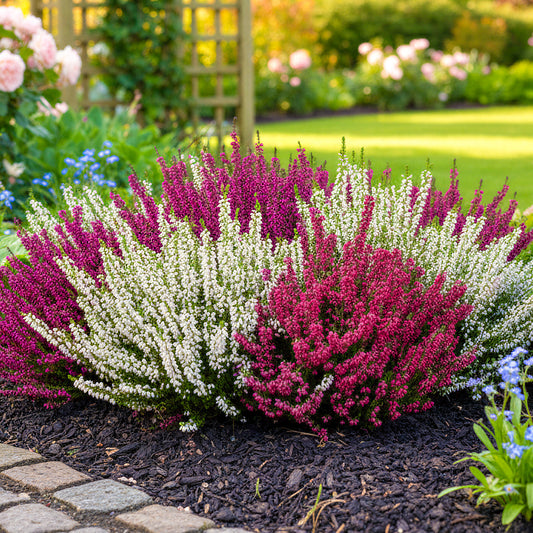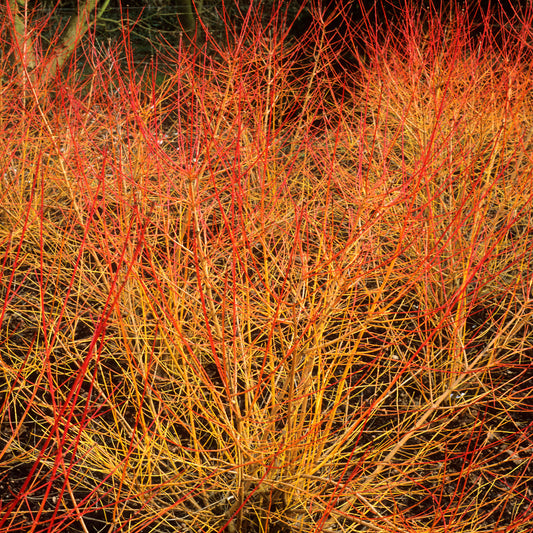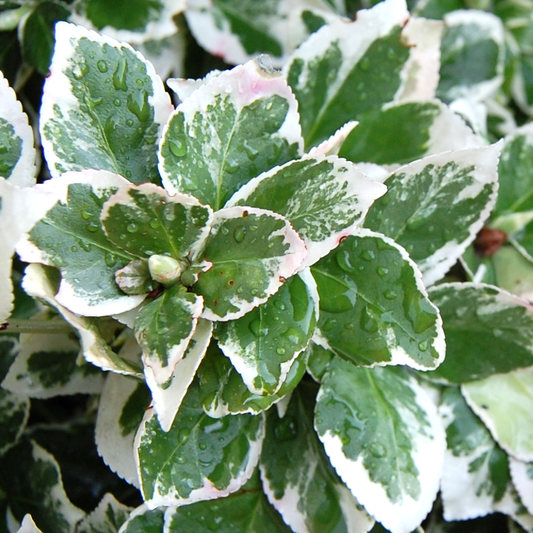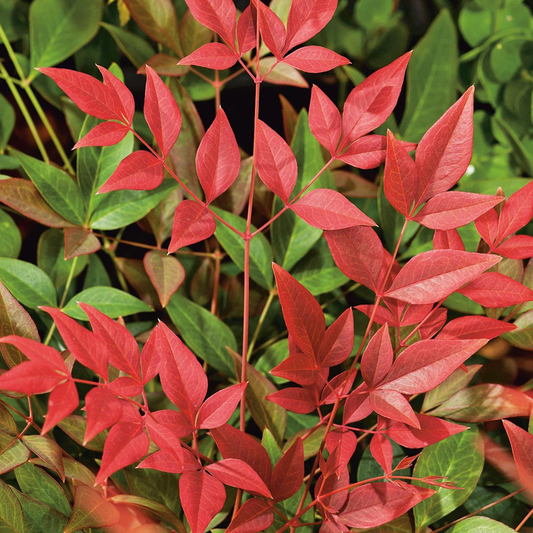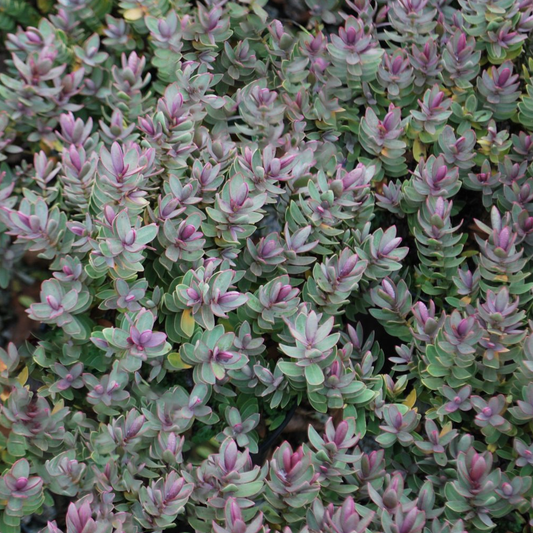Product description
Phygelius × rectus Somerford Funfair Coral, commonly known as Cape Figwort Somerford Funfair Coral, is a compact, evergreen shrub that brings a touch of elegance to gardens with its slightly pendent, tubular dusky-pink flowers featuring yellow throats. Blooming from June through September, these charming blossoms are complemented by oval, green leaves, making it an attractive addition to borders and beds.
Thriving in fertile, moist but well-drained soil, this Phygelius variety prefers a position in full sun and benefits from shelter against cold, drying winds. Regular watering during dry periods will support its growth, and applying a dry winter mulch can help protect the plant in colder climates. In spring, cutting back the old stems to the base encourages vigorous new growth, while deadheading spent flowers promotes continuous blooming throughout the season.
Ideal for cottage and informal gardens, as well as city and courtyard settings, 'Somerford Funfair Coral' adds a splash of colour and structure to outdoor spaces. Its compact size makes it suitable for smaller gardens or as a feature in larger planting schemes. The tubular flowers are not only visually appealing but also attract pollinators, enhancing the biodiversity of your garden.
Please Note: Images are for illustrative purposes only and designed to be a representation of the item(s) being sold. Depending on seasonality, deciduous plants may be supplied in their dormant state and without leaves. Plants may also be pruned back, lower than stated heights, to encourage new growth.
Garden Plant Size Guide

Plants in larger pots can be multiple years older than their smaller counterparts with more mature root systems and foliage. This makes them able to thrive as a full size plant in your garden quicker than smaller alternatives.
The most common size of pot that garden plants come in are 9cm/1L/3L/5L this is in reference to the diameter at the top of the pot.
9cm potted plants still remain the most popular cost effective option though, they just may take a little patience to allow them to grow into full maturity once planted in your garden.
Plant specs, care guide & tips
Key features
Specifications
When to plant
| Jan | Feb | Mar | Apr | May | Jun | Jul | Aug | Sep | Oct | Nov | Dec |
|---|---|---|---|---|---|---|---|---|---|---|---|
Planting and period of interest times are general guidelines and may vary based on your location and conditions. For best results, consult local gardening resources.
Instructions
Top Tip
Prune Phygelius in early spring to encourage compact growth and abundant flowering. Remove dead or weak stems to promote healthy, vigorous plant development.
How to Water
Water Phygelius plants consistently, keeping soil evenly moist but not waterlogged. During establishment, water deeply once or twice a week, depending on rainfall and temperature. Reduce watering frequency in cooler months.
How to Plant
Select a sheltered spot with well-draining soil and partial to full sun. Plant in spring after the last frost. Prepare the soil by adding organic matter to improve fertility and drainage. Phygelius prefer slightly acidic to neutral soil and can tolerate coastal conditions.










